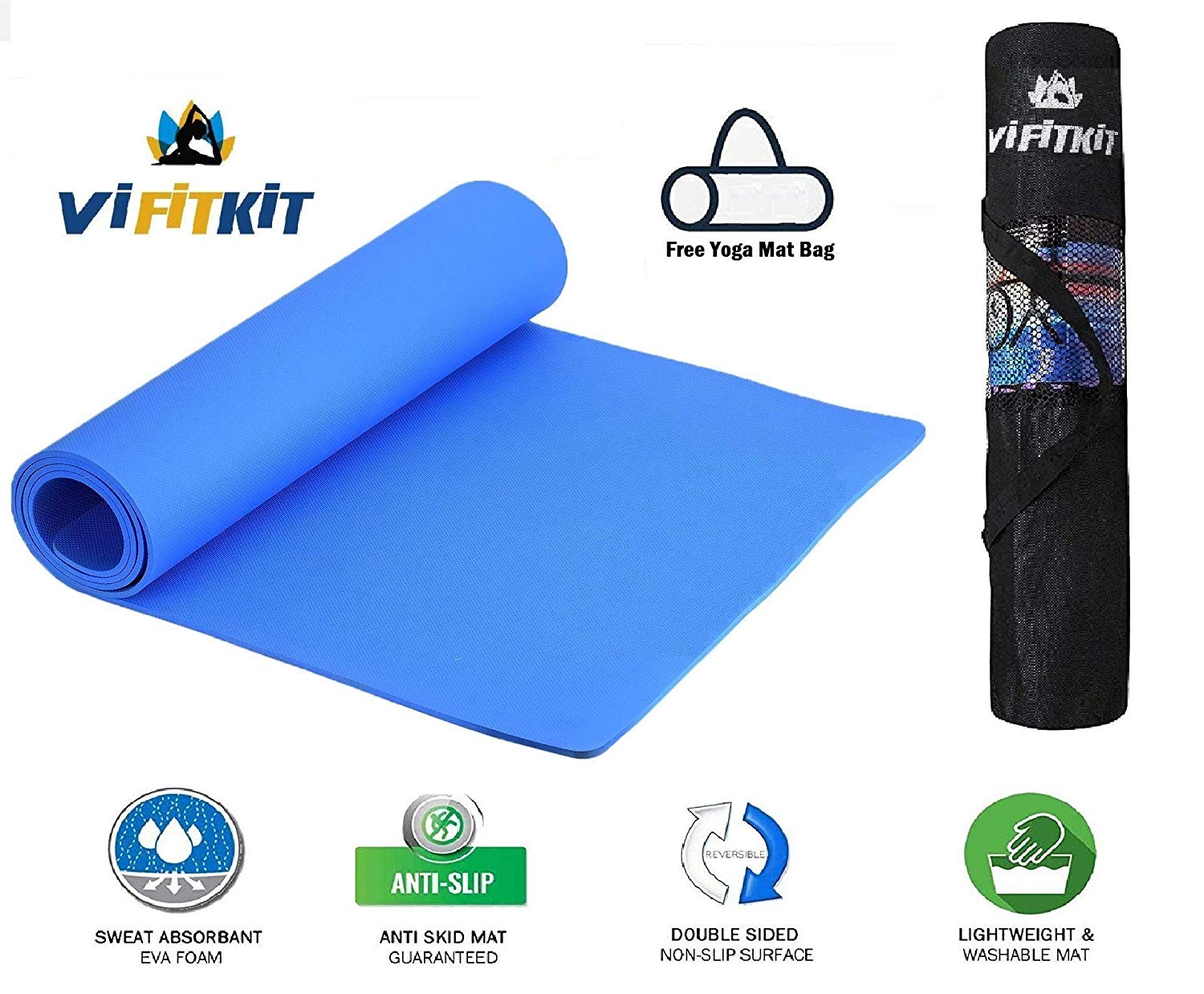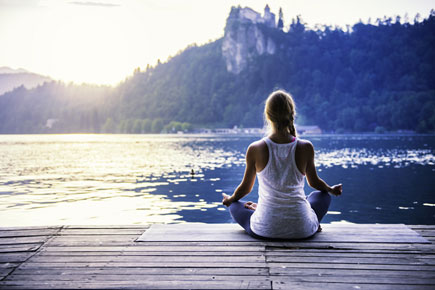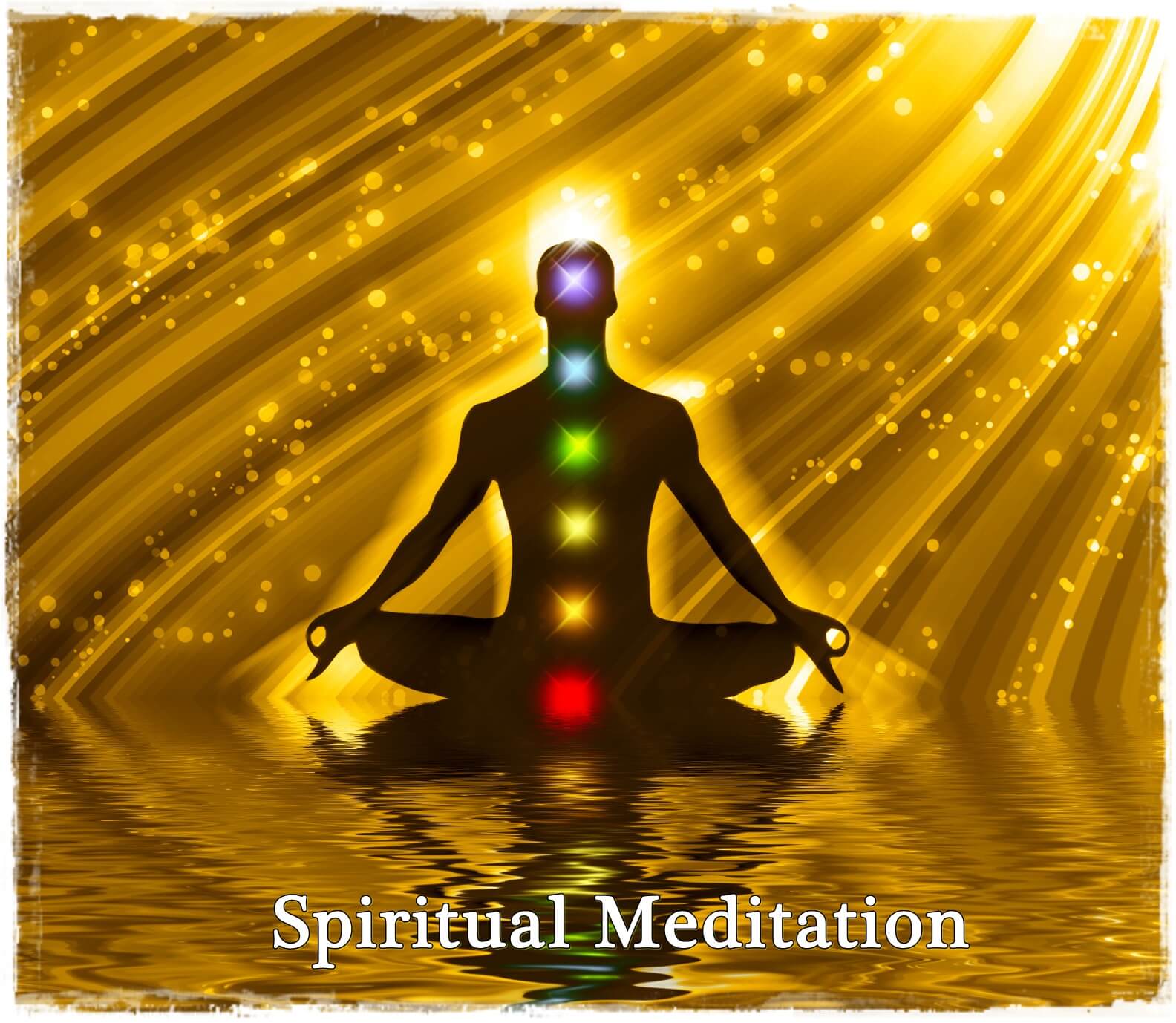Mindfulness Meditation
Mindfulness Meditation has been around for quite some time and many people practice it on a day to day basis. However, not everyone is sure as to what mindfulness is all about. So let’s have a closer look at what this form of meditation entails.
What is Mindfulness?
Mindfulness is all about being fully present in the current moment and be completely aware of what is going on within us and what task we are doing at any point of time. To be completely mindful, it is very important that you attain an observing consciousness and do not react too much or become overwhelmed by the things that you see. However, one thing about mindfulness meditation is that you do not always have to focus what is going on in your head; you can also practice intentional awareness about everything that you do all throughout the day or simply by indulging in a traditional meditation practice.
Technique Of Mindfulness Meditation
Any task you do on a day to day basis, such as brushing your teeth, interacting with people, performing exercises can be performed in a more mindful manner.
As we become more mindful of the actions that we perform, we can really pay attention to everything that we are doing. Through mindfulness, you can be thoroughly tuned into your feelings and thoughts. Therefore it can be said that mindfulness is literally the opposite of just moving through life and its motions.
Once you develop a habit of being mindful all throughout the day, you can remain mindful even if you find yourself rather busy for performing meditation.
Mindfulness Meditation Benefits
- Get better sleep.
Make progress toward your weight-loss goals.
Mindfulness improves physical health.
Lower your stress levels improves mental health.
Decrease loneliness in seniors.
Banish temporary negative feelings.
Improve attention.
Manage chronic pain.
Reduce anxiety.
Learning the procedure
When you are looking to master the method of mindful meditation, it always helps to define a specific amount of time for practicing it. This is especially true at least during the beginning stages. For instance, you may want to choose only for the duration of 5 to10 minutes to stay absolutely mindful. As you get the hang of it, you can expand the time for as long as 45 to 60 minutes. You may also want to use some kind of timer for it. A lot of people like to practice an hour of mindfulness once in the morning hours and then again in the evening. Even if you have a rather busy schedule, you can actually practice mindfulness for a specific period of time as it can offer you numerous long term benefits. A little bit of mindfulness is better than none at all.
One of the ways in which you can proceed about it is by choosing a nice spot within your living area that is free from clutter and can provide you with the quietness you need. Opt for natural light or maintain the right kind of lighting in the area. If you want, you can also choose an outside area for your mindfulness practice. However, make sure that the area has minimum distractions.
You can use the posture practice at the start of your meditation period for about a minute or so. This can help you to stabilize your mind and body and attain the relaxed state that you need. You can also customize this practice so that it suits your needs in case you have any kind of physical difficulties or injuries.
Sitting for Mindfulness Meditation
- Choose a proper seat that does not hang or perch back and remains stable throughout the meditation. This can be a chair, a park bench or a meditation cushion.
- Closely observe the movement and action of your legs. You can cross your legs properly before you while sitting on a cushion so that you remain comfortable. In case you are sitting on a chair, make sure that your feet are gently touching the floor.
- Keep your upper body straight without stiffening it. Your spine has a natural curvature and so you should let it remain that way. Rest your head as well as the shoulders comfortably over your vertebrae.
- Now keep your upper arms placed perfectly parallel to the upper body. Drop your hands over the upper part of your legs. This will help you to maintain your hands just at the right spots. While keeping your hands too forward might lead you to hunching, too far back is also going to make you rather stiff. Mindfulness leads to you fine tune to the feelings in your body and so you should avoid any sense of discomfort or tightness.
- Keep your gaze somewhat down as you try to focus on your inner vibrations. You can lower your eyelids in the process. However, you need to keep in mind that you do not have to always close your eyes during meditation. You can even keep your eyes perfectly open without giving attention to anything that happens outside.
- Relax your body as you focus on the movements of your breathing or the various sensations within your body.
- Follow the patterns of you breathing closely as you breathe in and breathe out. Certain instructors of mindfulness meditation would recommend that you put greater emphasis on the outward breathing pattern as the inward breathing only leads to a spacious pause. Focusing on the focal point of your breathing can help you to achieve complete calmness of your body.
- It is quite natural that your attention is going to leave your breath and eventually wander off to other places. You do not have to worry about that or try to eliminate the natural thinking process. All you need to do is simply relax in such stages and bring back your attention to your breathing within a short period of time.
- Make sure that you pause before performing physical adjustments like moving an arm or scratching some itch. Even if you have to shift your attention temporarily, the trick is to not worry about it and bring your attention back to the breathing when you can.
- Beginners often find that their mind wanders every now and then. There is nothing to worry about this. Instead of trying to fight with those thoughts or attaching yourself to them, you should try to observe those thoughts without reacting to them. Paying attention to everything is the key. Even if you find it difficult to maintain your focus completely during the initial stages, you should return to the focus position without any expectations or judgment.
- As you become ready, you can lift your gaze gently and start to notice if there are any sounds within the immediate environment. You should also focus on how your body is feeling. You can notice the patterns of your thoughts and feelings.
References
Click Here
Click Here
Click Here
Click Here

VI FITKIT Yoga Mat Anti Skid EVA Yoga mat with Bag for Gym Workout and Flooring Exercise Long Size Yoga Mat for Men and Women (Color - Blue)
Price: Rs 399.00 FREE Delivery. Details
About The Product
- With high density foam material, The thick ( 3 mm thick ) premium mat with comfort cushion spine, hips, knees and elbows on hard floors. This makes it a perfect size for both men & women.
- SWEAT RESISTANT AND WASHABLE YOGA MAT - Next time don’t stress when you sweat while doing yoga. The yoga mat is completely sweat resistant and has a Moisture resistant Technology which makes the mat easily washable with soap and water.
- This Yoga Mat is designed to give you the most comfortable yoga experience possible. The extra thick mat protects joints without compromising support or stability
- DURABLE & ECO FRIENDLY YOGA MAT - The EVA material is extremely durable and eco friendly. It lasts upto 5 times more than a regular plasticky mat! The material is biodegradable and free from PVC, silicon, latex and other toxic materials. We believe in creating quality and Eco friendly products for our customers!
- Care Tips: Do not place in washing machine or dryer, Please clean before and after using, clean regularly and keep it dry for healthy using.




